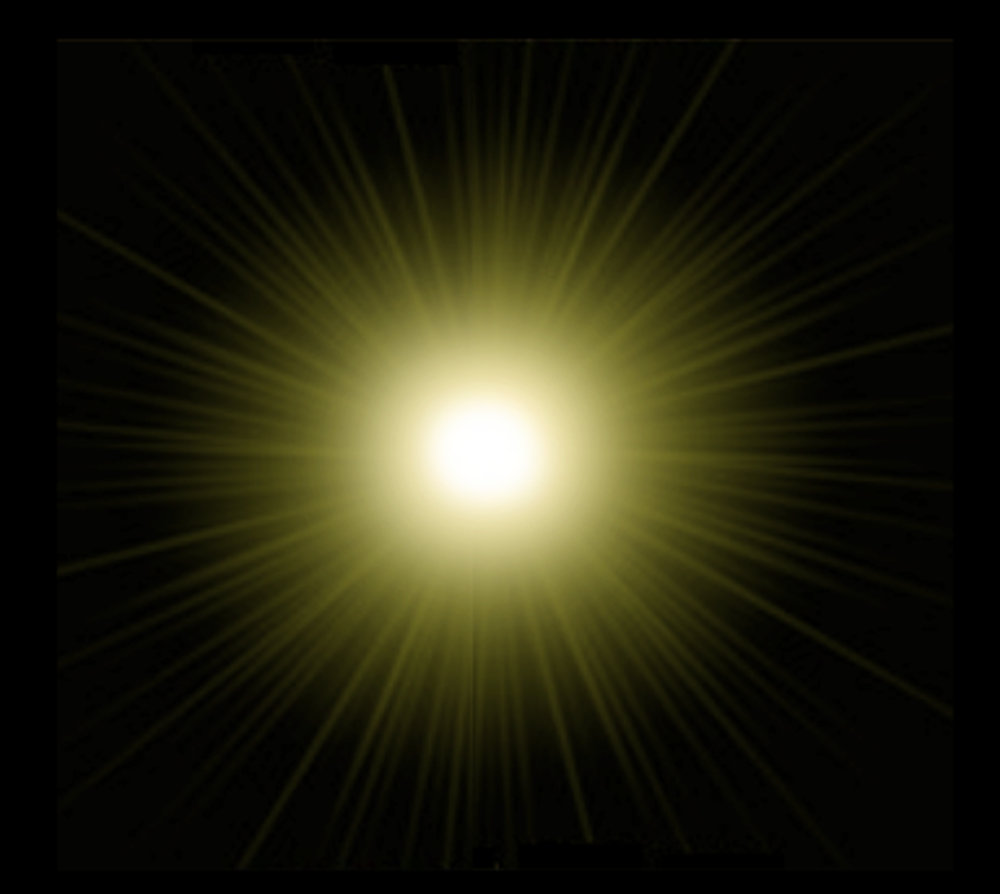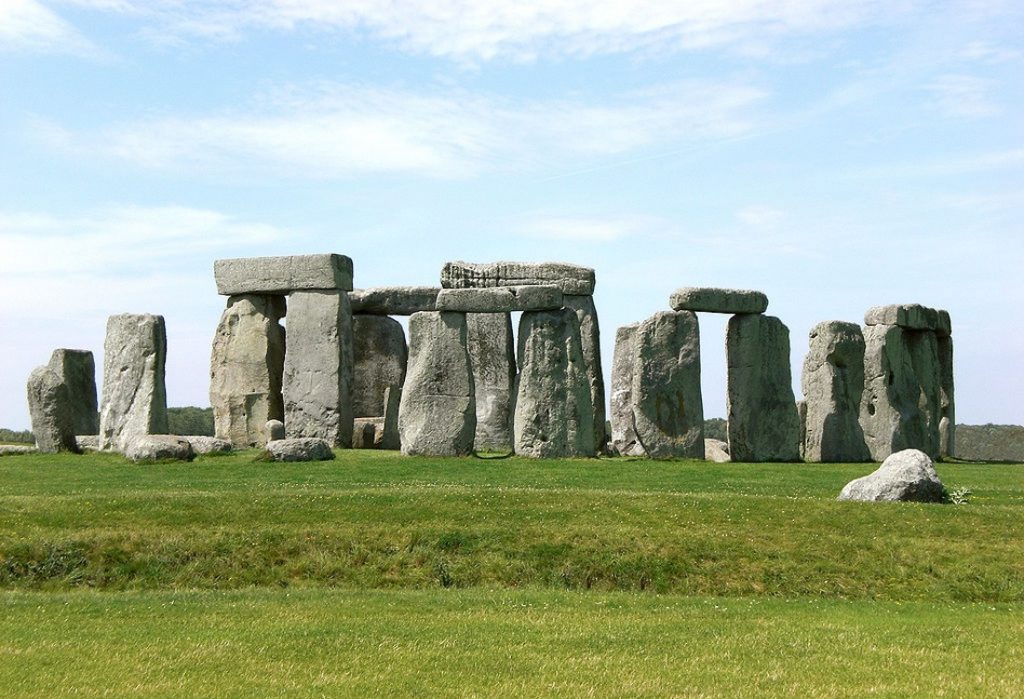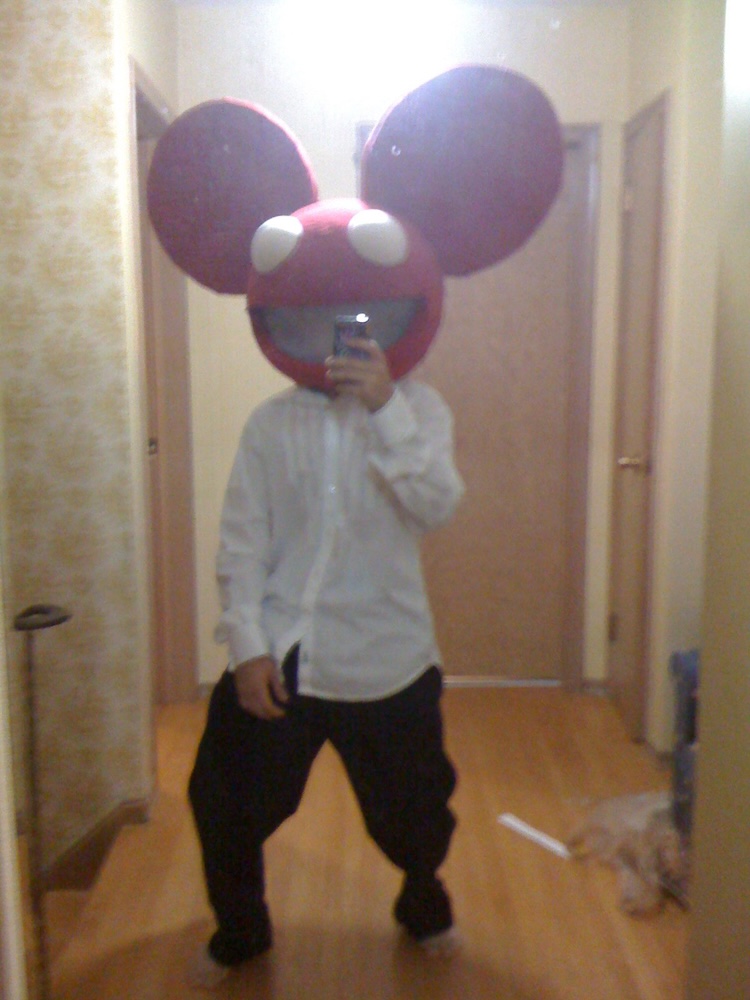We Believe

Many years ago I was gamboling about the Peabody Charter school playground with my toddler, a redheaded sunflower (today a 6’ grizzled Viking). At a given moment, another little boy of about six years old approached out of the blue, stood before me, and without preamble began declaiming.
“There’s no such thing as ghosts or UFOs!” he assured me with adorable shouting. His furrowed little face was strictly business. I had no immediate rejoinder – certainly not one that would have any persuasive effect on this 4’ tall militant rationalist. Sure, kid. Now toddle along and set yourself up with a calming shot of apple juice. Better make it a double.
And where the hell were his parents? The overconfident lilliput glanced downfield and maybe 30 yards away a man, his presumed father, waved. Squinting at this distance, I identified the gentleman’s khaki-colored trousers as probable Dockers® – unofficial uniform of reductionists and enemies of the numinous. “Aaahh,” I thought. “Okay.” I imagined the child having recklessly queried, “Daddy, are ghosts real?” and receiving the sternly-delivered nuts-and-bolts sacrament with which frightened parents have ever kept their little dreamers from dazedly wandering out of the “productive member of society” crosshairs.
Of course, in the fullness of his intellectual fruition, Shortcake Spinoza here would be told by the educational establishment to embrace the quantum superposition (a single particle is in two places at once, each traveling at a different velocity), the Big Bang (the explosive emergence of Everything – including time itself, and ultimately ham sandwiches and Gene Kelly – from a nanoscopic “singularity” which was itself preceded by Absolutely Nothing), and an eternal universe without boundary (a brute fact that our collective imagination is wholly unable to apprehend). *sigh*
As comically fantastical as this stuff is, these established madhouse baubles are received in 5th period “science” class with drooping eyelids and one eye on the clock. We’re not only bored of the Miraculous; we have the uninformed gall to ridicule its frontiers.
I mention all this because we are on the cusp of Halloween; an ancient veneration of the unseen spirit dimension, one which exists adjacent to our mortal world but behind a concealing veil. This veil is at its most permeable on All Hallowed’s Eve – Halloween. Today we commemorate this momentous Otherworld by dressing up as Spiderman and The Brave Little Toaster.
A Hallowed Evening
Halloween is one of those proud holiday traditions whose participants go wild in largely clueless commemoration. “What’re we doing this for again?” “Milky Way and Three Musketeers!” “Our familiar spiral galaxy and Alexandre Dumas’ French adventure novel?” “….yeah!”
As a small-town newspaper columnist I’m here obliged to shorthand the origins of Halloween, this 20th century gift to the candy industry and your Tesla-driving dental professional. The Celtic Samhain festival dates to thousands of years ago, traditionally extending from sunset on October 31 to sunset on November 1. Samhain marked the end of summer and light, the beginning of the darkening winter – and harvest time. Samhain actually means “summer’s end”.

The medieval Celts believed that during this transition from the season of light and warmth to winter – with its increasing darkness and sweater sales – this world and the next overlay each other in a sort of supernatural Venn diagram. Mischievous spooks would walk right through the temporarily flimsy veil that separates the realms, probably chomping gum like otherworldly ne’er do wells, causing mild havoc and generally roiling the annoyed mortals.
By the early 7th century Pope Gregory I figured it was time to give these primitive belief systems the heave-ho, but saw the value in bringing pagan believers into the Christian fold by absorbing, rather than rudely abolishing, their old traditions. So in the early 800s the Church intermingled the Celtic spirit traditions with their own veneration of Catholic saints. November 1, former closing chapter of Samhain, became All Saints’ Day, also known as All Hallows Day. That’s when October 31, the day before All Hallows Day, became All Hallows Eve, linguistic predecessor of our Halloween.
The Samhain hangover is such that the night before All Saints Day your neighborhood is aswarm with plastic skeletons, poorly manufactured hellhounds with unreliable red diodes for eyes, and overpriced animatronic ghouls whose twitching paws do not frighten. Similarly, Easter is believed to be a long-ago Papist Christianizing of Eostre, ancient celebration of burgeoning spring and fertility. It was an uneasy fit in some ways, conjoining a powerful message of spiritual redemption with egg-laying rabbits in waistcoats.
As for “pagan” traditions – pagan is a word that early Christians used to conversationally consolidate those religions that were neither Christianity, Islam, nor Judaism. Paganism broadly referred to nature worship. In 20th century moviedom, “pagan” has unfortunately become synonymous with sinister folk horror flicks like Midsommar and The Wicker Man – whose 2006 remake famously features Nicholas Cage in a bear suit punching out an evil-doer. It probably looked good on paper.
Bat Guano and Transcendence

Dear reader, here’s the beef. The metaphysical origins of Halloween are thought of as charming balderdash – to use a politely archaic word for you-know-what. As the hollering reductionist lilliput reminds us, “There’s no such thing as ghosts or UFOs!” This is a very broadly held position, even by people whose own spiritual immersions include a firm belief in the afterlife and the rewards that await the faithful there. What any one of us truly believes is a stew of stuff that is completely inconsistent and untethered to experiential reality. The idea of a “ghost” is laughably outlandish, but we nod with sober expressions as professional cosmologists assure us there are likely an infinite number of Other Universes nested invisibly and undetectably within our own. They call this “The Multiverse,” and they aren’t kidding. If we can countenance scientists telling us our entire reality is but one of an infinite number, doesn’t the idea of a ghost seem almost quaint by comparison? We all “know” the universe is endless and infinite and – as Hubble and Webb have shown – a bottomless well of inconceivably immense galaxies, scattered like sapphires on an infinite jeweler’s cloth. This is workaday canon, and not terribly thought-provoking, apparently. But the idea of some guy from another celestial neighborhood showing up in his extraterrestrial Hyundai – just another machine with a steering wheel and space for luggage – strikes us as hysterical and
fabulist and idiotic.
This world of file cabinets, tap water, and faded floral wallpaper is as batsh*t crazy as you sporadically intuit. From quarks to quasars, we believe wholeheartedly. So why narrow the color field? We are (infamously) here for a geologic eyeblink. The crummy bargain gravel that lines your driveway is two billion years old, and you get a lousy 90 years or so (he optimistically blathered)? Why?
Because the object of All This is simply our apprehension of it. We don’t need to live for a thousand years or be 30 light years wide. In the scale of things, we’re microscopic, and flash into and out of “existence” in a true jiffy. But we Are. Walk around the block tonight, and if the sky is clear stare into the vault of stars from which we emerged. Put down your red pencil. We’re transcendent. Believe.







You must be logged in to post a comment.